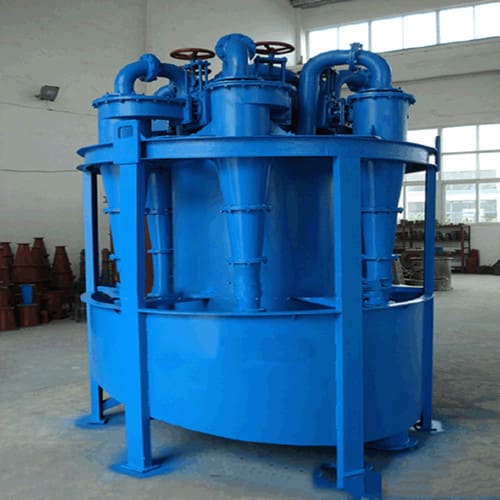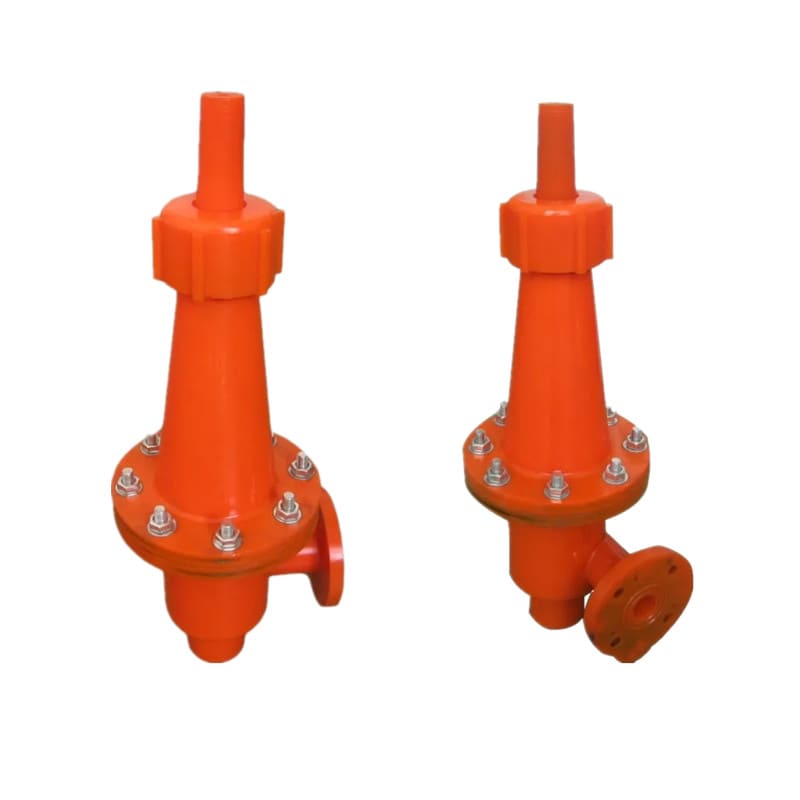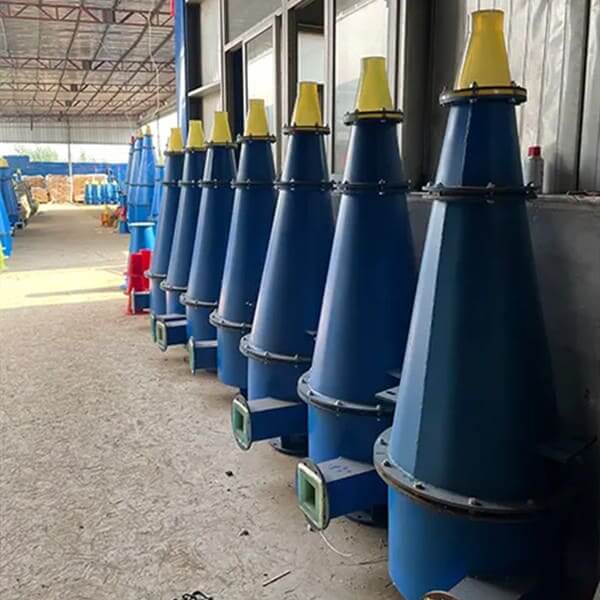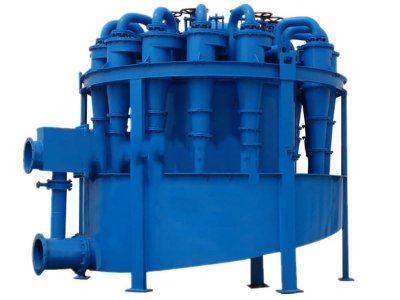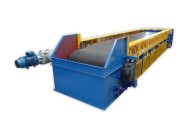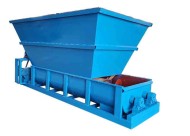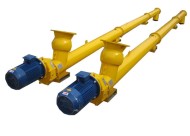Hydrocyclone is a common separation and classification equipment, and the principle of centrifugal sedimentation is commonly used. When the two-phase mixed liquid to be separated enters the cyclone tangentially from the periphery of the cyclone at a certain pressure, a strong three-dimensional elliptical strong rotational shear turbulent motion is generated. Due to the difference in particle size between coarse particles and fine particles, the centrifugal force, centripetal buoyancy, fluid drag force, etc. are different in size. Due to centrifugal sedimentation, most of the coarse particles are discharged through the bottom flow outlet of the cyclone, while most of the fine particles are discharged from the bottom of the cyclone. The overflow pipe is discharged, so as to achieve the purpose of separation and classification.
According to the construction section, the hydro cyclone is divided into a first-stage grading cyclone and a second-stage grading cyclone.
According to the function, the hydro cyclone is divided into classification cyclone, dehydration cyclone, desliming cyclone, slag removal cyclone, concentration cyclone, and special cyclone for tailings dry discharge.
1. Fold a segment of grading cyclone
The first-stage classification cyclone is widely used in various metal ores and non-metallic ore dressing plants with a daily processing capacity of more than 500 tons and forms a closed-circuit grinding and classification cycle with the first-stage ball mill. Cyclones can be arranged individually or in groups according to different processing capacities. In the case of higher ore feeding concentration, it has higher classification efficiency and finer overflow fineness, the overflow product is evenly promoted, and the separation efficiency is 5-10% higher than that of the commonly used spiral classifier, which is beneficial to the mill. The utilization factor is improved.
2. Folding two-stage classification cyclone
The second-stage classification cyclone is widely used in the second-stage inspection of various metal ores and non-metallic ores to control the classification. The specifications of the cyclone range from 75mm to 660mm, which can be applied to factories with different processing capacities and different requirements for grinding fineness. The cyclone adopts a unique structure design so that the overflow fineness of the second-stage cyclone can be arbitrarily selected and adjusted from -200 mesh 75% to 95%.
3. Folding dehydration cyclone
Dewatering cyclones are mainly used for the dewatering of various mineral slurries. According to different material characteristics and different products and installation environments, different structural designs are adopted, which have the advantages of pressure reduction, large processing capacity, and high dewatering efficiency. It is applied to a certain tailings reselection, pulping, and dewatering operation. Under the condition that the ore feeding concentration is 5-12% and the -200 mesh content is 75%, the average concentration of the overflow of the cyclone is controlled below 1.5%. In the case of dehydration purposes, the loss of useful minerals is avoided. In the application of a certain silica sand dewatering operation, the overflow concentration of the dewatering cyclone reaches below 0.5%, and the overflow is almost unqualified fine mud, which achieves the dual effect of dewatering and desliming. After settlement, it can be reused to save costs.
4. Folding desliming cyclone
The high-efficiency desliming cyclone is mainly used for desliming of various metal ores and non-metallic slurries. The high-efficiency desliming cyclone is based on absorbing foreign excellent results, and after several years of practice, the proportion and coordination of the main components of the high-efficiency desliming cyclone are determined, and the designed and produced high-efficiency desliming cyclone has a desliming efficiency. High, less loss of useful minerals, saving user costs and improving production efficiency. Case: The discarded tailings of a silica sand mine accounted for 12.7% of the muddy minerals, the fineness of -325 mesh accounted for 39.3%, and almost all of the muddy minerals were stored in the -325 mesh level.
5. Folding slag cyclone
The slag cyclone is used in wet desulfurization in power plants, lime pulping, crude oil slag removal, tap water sand removal, sewage treatment, and other operations, it can effectively remove coarse sand, metal, and other particulate debris in the slurry, with high slag removal efficiency and loss of useful slurry.
6. Folding Concentrator Cyclone
High-efficiency concentration cyclones are often used in conjunction with thickeners, filters, etc., and are used for concentration before filtration of various minerals, mineral fine-grinding flotation, gold pulp cyanation, etc. In conveying and other operations, the concentration of pulp is realized. After the concentration and dehydration of the cyclone, the increase of the underflow concentration creates good conditions for the dewatering screen operation, which can greatly increase the dewatering screen production capacity, and the reduction of the overflow concentration can effectively reduce the load of the thickener. With a unique structural design, it is widely used in various concentrators. In iron ore, even if the ore feeding concentration is about 8%, the underflow concentration can still be maintained above 70%, and the yield is above 75%.






